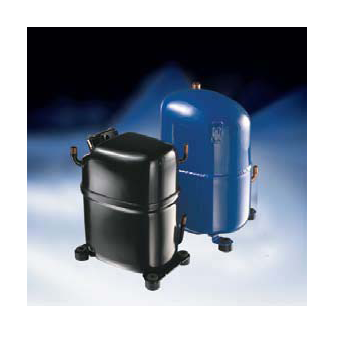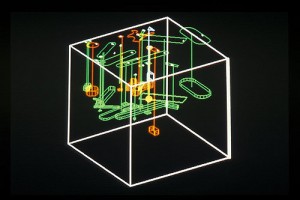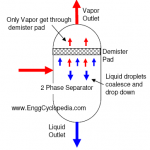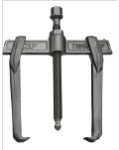Centrifugal pumps
Centrifugal pumps convert energy of an electric motor or turbine into velocity or kinetic energy and then into pressure energy of the fluid being pumped. The energy changes occur around two main parts of the pump, impeller and volute or diffuser. Pump impeller is the rotating part that converts driver energy into the kinetic energy. The volute or diffuser is the stationary part that converts the kinetic energy into pressure energy. The pump driver can be either electric motor or a steam turbine depending upon application.
These precautions must be followed before centrifugal pump start-up:-
- Do not operate the centrifugal pump below the minimum rated flows or with the suction or discharge valves closed. These conditions can quickly lead to centrifugal pump failure and physical injury.
- Always disconnect and lock out power to the driver before you perform any installation or maintenance tasks.
- Centrifugal pump start-up in reverse rotation can result in the contact of metal parts, heat generation, and breach of containment.
- Flush and clean the system thoroughly to remove dirt or debris in the pipe system in order to prevent failure at initial pump start-up.
- Bring variable-speed drivers (if installed) to the rated speed as quickly as possible.
- Generally if the temperatures of the pumped fluid will exceed 200°F (93°C), then warm up the pump prior to pump start-up.
- Circulate a small amount of fluid through the pump until the casing temperature is within 100°F (38°C) of the fluid temperature prior to pump start-up to avoid thermal shock to the liner and impeller and prevent damage of mechanical seal.
Centrifugal pump start up procedure
- Before pump start-up you must perform these tasks:-
1. Open the suction valve.
2. Open any recirculation or cooling lines.
3. Fully close or partially open the discharge valve, depending on system conditions.
4. Start the driver.
5. Slowly open the discharge valve until the pump reaches the desired flow.
6. Check the pressure gauge to ensure that the pump quickly reaches the correct discharge pressure.
7. If the pump fail to reach the correct pressure, perform these steps:
a. Stop the driver.
b. Prime the pump again.
c. Restart the driver.
8. Monitor the pump while it is operating.
a. Check the pump for bearing temperature, vibration, and noise.
b. If the pumps exceed normal levels, then shut down the pump immediately and correct the problem.
9. Repeat steps 7 and 6 until the pump runs properly.





